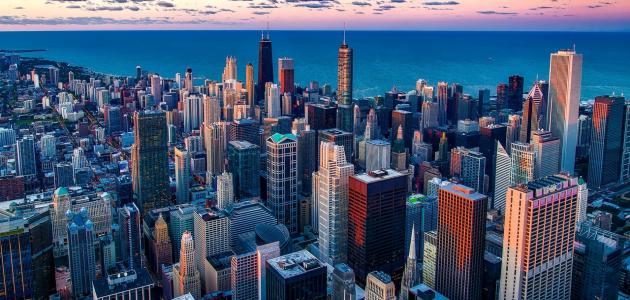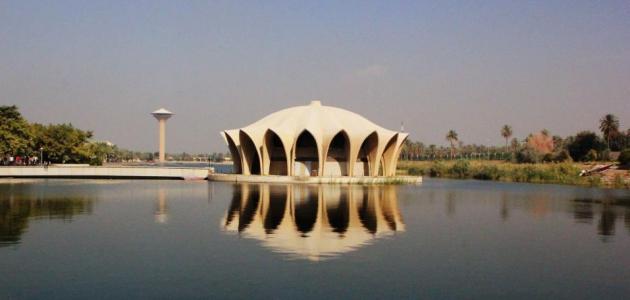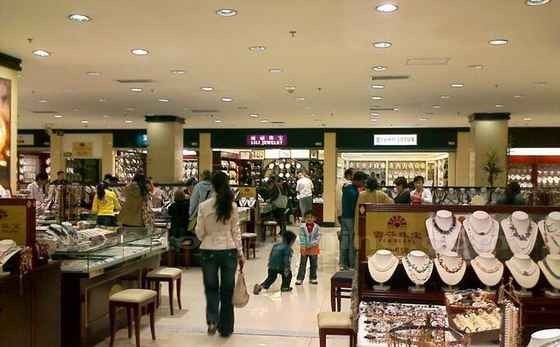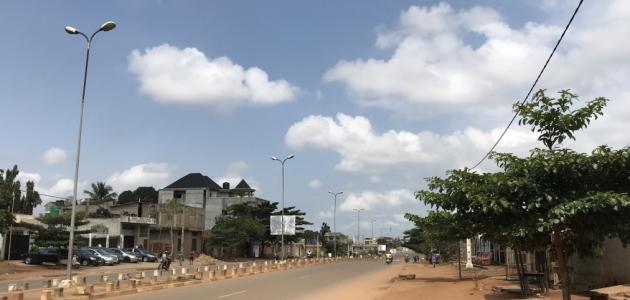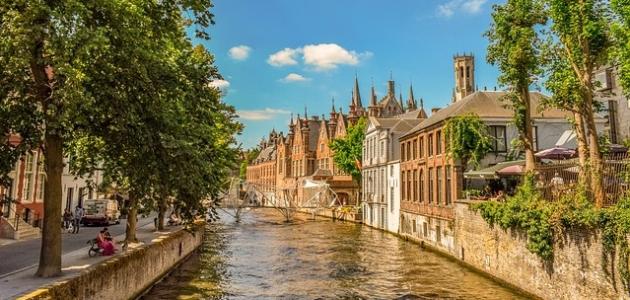Table of Contents
Libya
Libya is known (in English: Libya) as an African country located within the northern coast of the continent of Africa, and is considered the fourth largest country in Africa, bordered by the Mediterranean, Egypt, Sudan, Chad, Niger, Algeria, and Tunisia. Historically, Libya is divided into three regions: Tripoli in the northwest, Burqa in the east, and Fezzan in the southwest, and Benghazi is one of the largest cities in Libya.
The capital of Libya
The city of Tripoli (English: Tripoli), which is also called (Tripoli West), is the official and national capital of Libya, and the city of Tripoli was known since ancient times, and it was called Tripoli, and its establishment dates back to the era of the Phoenicians when they took control of parts of the lands of countries North Africa, but it was invaded more than once, as it was controlled by both the Romens and Byzantines in the period when they occupied the cities of Lebda and Misrata, and Tripoli was at that time witnessing a remarkable interest that contributed to its transfer from a mere ordinary city to an important city, and when the Muslim Arabs arrived To Tripoli, they contributed to its development in all public areas.
The city of Tripoli is divided into a group of ancient regions and neighborhoods, and it also contains many historical monuments, including the Spanish castle dating back to the sixteenth century AD during the period in which the city belonged to the Spanish occuAl Bahahn, and the old district in Tripoli contains the arc of the Romen victory, and many Arab Islamic landmarks, in particular the various mosques that contributed to reflecting the special religious identity in the city of Tripoli, especially when the surrounding cities became within the rule of Muslims in North Africa.
Date
Historical evidence indicates that the land of Libya was inhabited by the population about 30,000 thousand years ago, and when the barbarian tribes reached the regions of North Africa, many of them settled in the land of the city of Tripoli, in which the Romens had established an important civilization at that time, and during their rule Libya witnessed a great prosperity In many areas, the Romens were keen to boost trade lines with their surrounding areas.
In the year 647 AD, the Arab Muslim armies arrived in Libya, and they were annexed to the Abbasid state in 750 AD, and the Abbasids contributed to achieving political and economic stability in Libya, and in the sixteenth century AD witnessed a centralization in its management, and many diverse industries were developed in its territory, which led to To the prosperity of her community. In 1500 AD, the Ottoman forces arrived in Libya, and they were divided into three sections, namely, Tunisia, Tripoli, and Algeria.
In 1911, the italyn forces occupied the Libyan lands, and this occuAl Bahahn lasted for 30 years, and in 1951 AD, independence was declared for Libya, and its name became the Libyan Kingdom, and in 1969 AD the monarchy ended and Libya became a republic, but in 1977 AD it turned into the Great Socialist People’s Great Jamahiriya In 2011, a revolution took place in Libya, which led to its return to the Republic.
Geographical topography
The total geographical area of Libya reaches 1,757,000 km², and the desert lands cover an area of 95% of the area of Libya, and these lands are called the Great Desert, and it also contains a group of water oases that are part of the water bodies surrounding them, and the sea coast area of the Mediterranean Among the regions that constitute agricultural and urban prosperity, the sand covers many of the interior lands in Libya.
The Libyan lands are distinguished by their gradual elevation, which begins from the north and ends at the south until reaching the highest summit in Libya called the Peak of My House, reaching a height of 2,286 meters above sea level, and its location is connected with the southeastern Libyan region.
the climate
The private climate in Libya is considered variable in terms of temperatures, especially when high and low temperatures occur in different Libyan regions. The average temperature in general, according to its general average, reaches 38 degrees Celsius, and at night the weather becomes cooler, and temperatures reach approximately 10 degrees. percentage. As for the average annual rainfall of 5 cm, the majority of the population lives in coastal areas, because it is characterized by its lands suitable for agriculture.
demographics
The estimated number of the Libyan population is 6,541,948 people, and the population of Arab and Berber origins is 97%, while the remaining 3% is distributed to immigrants of different races, such as the Greeks, Egyptians, italyns, Tunisians and others. The Arabic language is considered to be the official language in Libya, and a group of other languages is used, it is the italyn language and the English language, and some people of Berber origins use their traditional languages. The Libyan law maintains the application of a set of legal legislations that contribute to the promotion of human rights through the provision of social rights to citizens and employees, which include access to medical care, and the allocation of sums of money instead of retirement, sickness, death, and incapacity to work.
Economy
The economy of Libya depends heavily on foreign trade, especially on the export of gas and oil. In 2015, the economic sector in Libya witnessed a remarkable decline due to the civil war that affected the Libyan economy, which led to a decrease in oil production, and the GDP was affected due to the continuation The Central Bank of Libya spent the money, and this resulted in a 49% financial deficit, while the estimated GDP for the year 2015 reached $ 38.3 billion.

